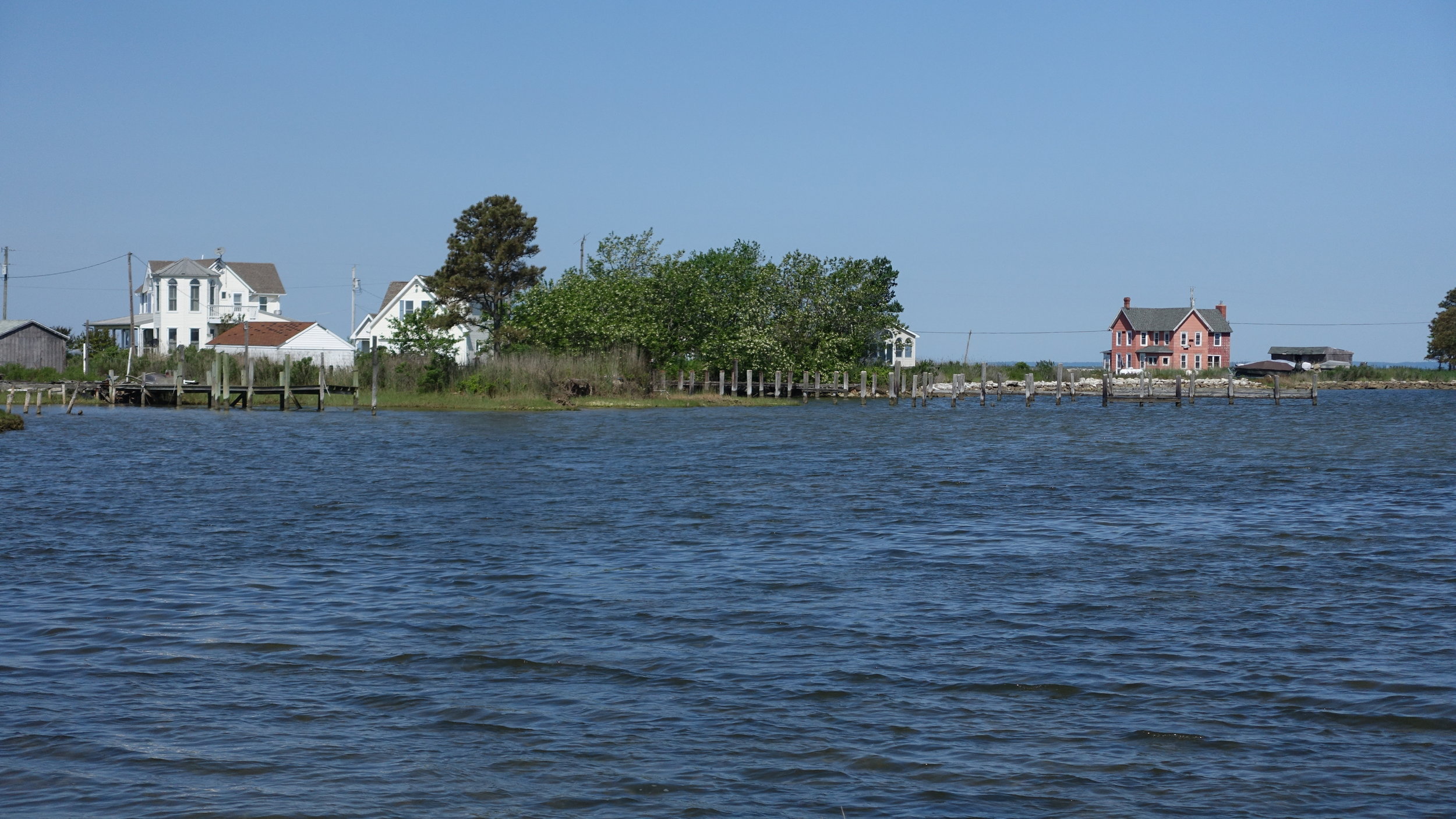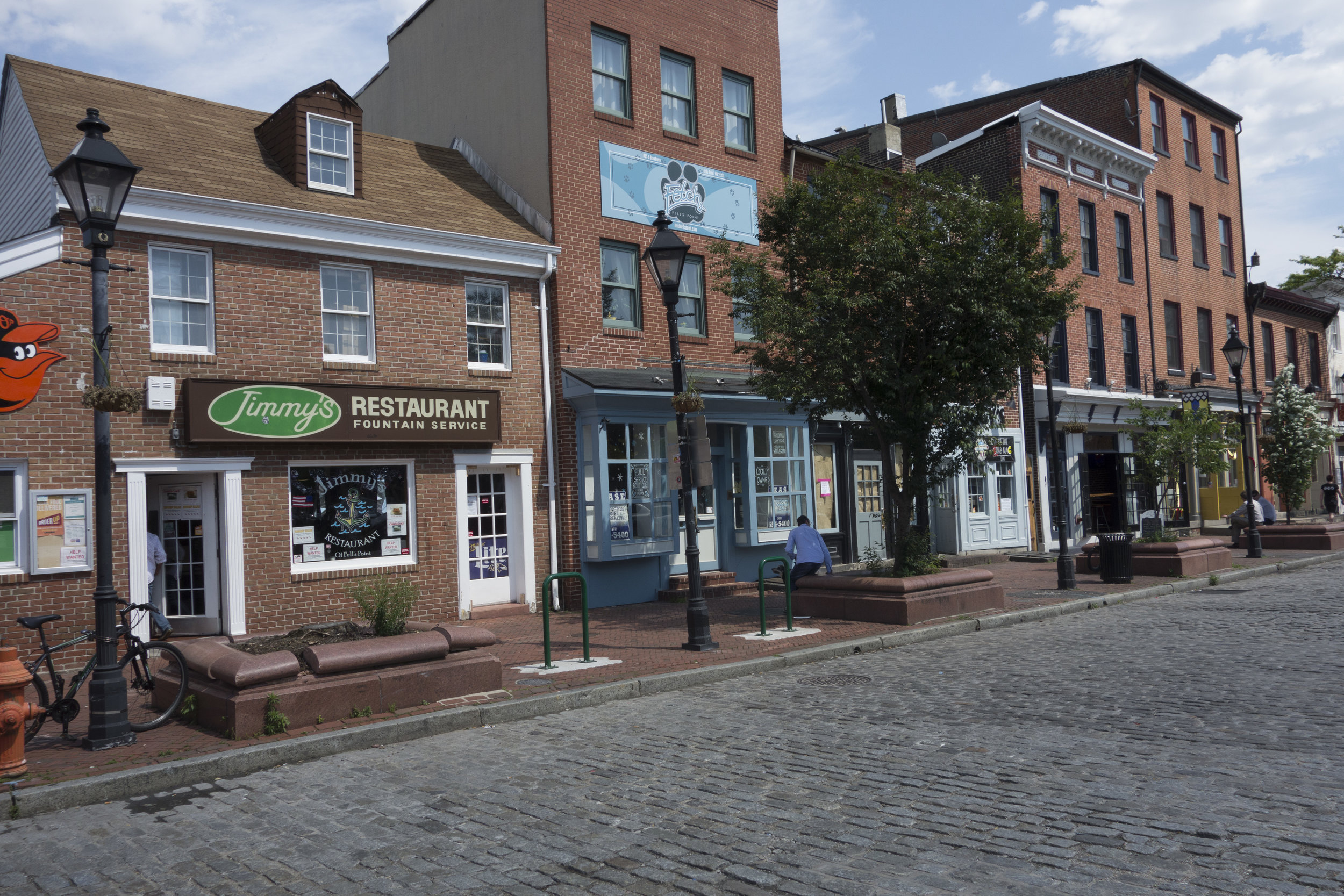
![united_states [Converted]-01.jpg](https://images.squarespace-cdn.com/content/v1/57893f8c2994ca42c9966278/1471550428071-QLELVU8HV3U1PXA7MRBD/united_states+%5BConverted%5D-01.jpg)


strategies for historic properties in flood-prone areas
In the aftermath of hurricanes Katrina and Sandy, almost all areas of the country are addressing increased flooding and storm events, particularly in coastal areas. These flood issues relate to coastal, riverine, tidewater and groundwater events, as well as storm water backup and major storm events. All of these impact historic properties and newer construction alike. In addition to early settlements, which are often found along waterways, historic resources vulnerable to flooding include individual properties, historic districts, streetscapes, campuses, landscapes and viewsheds.
In light of the current projected impact of climate change on the Chesapeake Bay and the State of Maryland’s relatively flat terrain and its network of canals and rivers, the Maryland Historic Trust [MHT] recognized the need to offer guidance concerning the risks and benefits associated with protecting and adapting buildings and structures in flood-prone areas. This study is a result of that recognition. The objective of this project is to provide a consistent approach across all MHT programs, including Section 106 review, tax credit projects, grants, CLGs and the state and National Register programs, and to assist individuals as well as local, state and federal governmental agencies in the management of historic properties in flood-prone areas.
In 2015, following a national search, PDP was selected to complete a report to identify potential strategies for historic properties in flood-prone areas. To complete this effort, PDP worked with the MHT to develop a three-phase process:
Research and Data Collection
Site Visit and Outreach
Emerging Issues and Patterns / Preparing a Toolkit
status
Completed (2018)
